There are two parts to this exhibition. The first features stories and work from the FACE academic community. The second features images and texts produced by undergraduates, postgraduates and graduates of Beauty, Fashion and Textiles.
Both students and academics explore the complex relationship between hair and identity, revealing the importance of generational traditions in different communities and the power of creative invention. The visual and written chronicles that emerge are political, many of them highlighting the continued presence of racial discrimination in relation to hair as well as documenting resistance and creativity in spite of and in response to this.
Taken together, these stories highlight and celebrate a wide diversity of hair textures and hair arts while sparking conversations about long-standing Eurocentric beauty standards in the UK.
These accounts should no longer be suppressed or excluded from our educational curriculum or from the beauty and fashion industries. We hope that such conversations will help to inspire upcoming generations of designers, artists and educators of the future.
Davina Hawthorne, FACE X Horniman, Lead curator
Contributing editors: Sharon Lloyd, Jacob Goff, Benita Odogwu-Atkinson, Michelle Marshall, Sarah Byrne and Emma Tarlo
Student Space
FACE X Horniman – Hair: Untold Hair Stories is a unique collaborative initiative open to all beauty, fashion and textile students and graduates who identify as Black, Brown or Asian. We see this as an occasion to cultivate a creative space while celebrating diverse perspectives and amplifying students voices through this platform. We are delighted to showcase and celebrate a selection of creative talent from across the UK.
Heritage
Beth Kabuga – Solent University, MA Make-up and Hair Design Futures, 2023 graduate
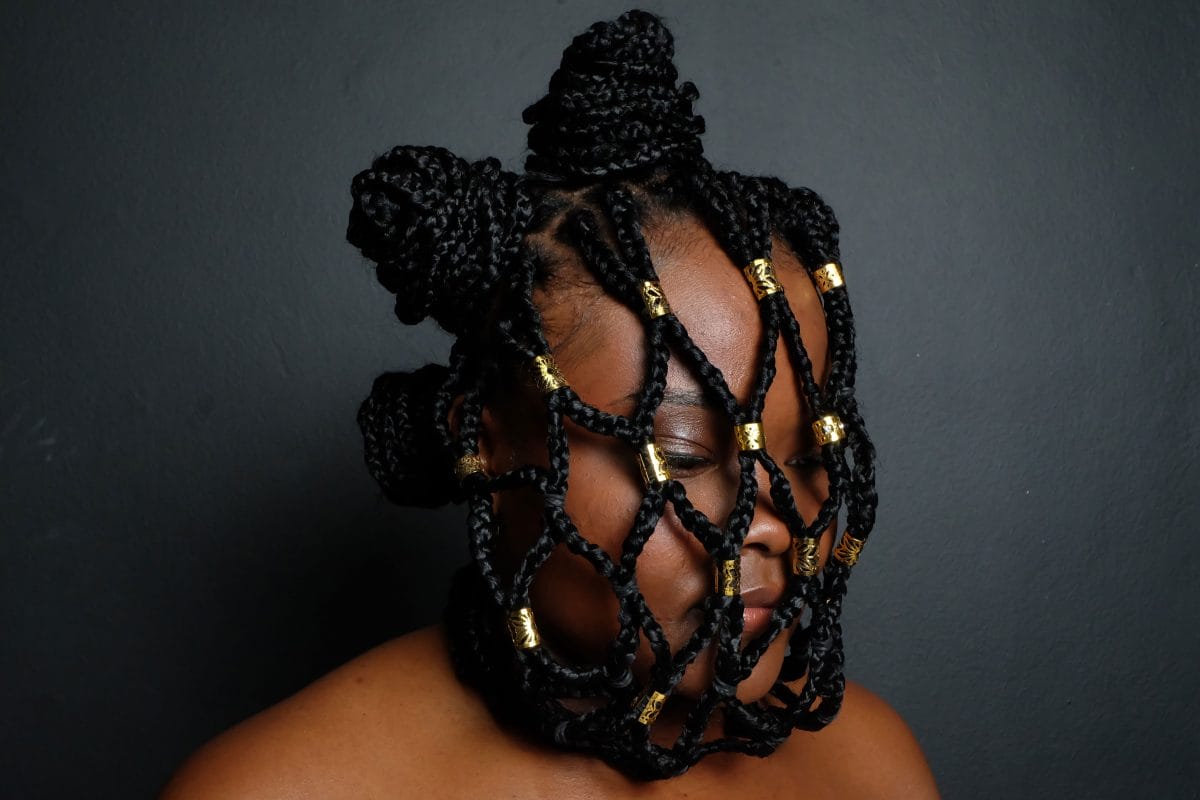
Photography, Hair and Make-up Stylist – Beth Kabuga
Model – Shekinah Ndundu
Hair has always been a big part of African culture. Growing up, I have always been surrounded by aunties and cousins who used hair as a way of expressing themselves. From the Bantu knots to the cornrows, from the braids to the twist to the Locs. Hair is a means of protecting our heritage. Knowledge and wisdom have always been passed on from mothers to daughters and grandmothers to granddaughters through grooming each other’s hair, allowing a more profound connection from one generation to the next. My work represents hair as a crown displayed for all to see. Linking one generation to the next.
Black Is Beautiful
Estelle Henry – De Montfort University, BA Fashion Communication and Styling, 2022 graduate
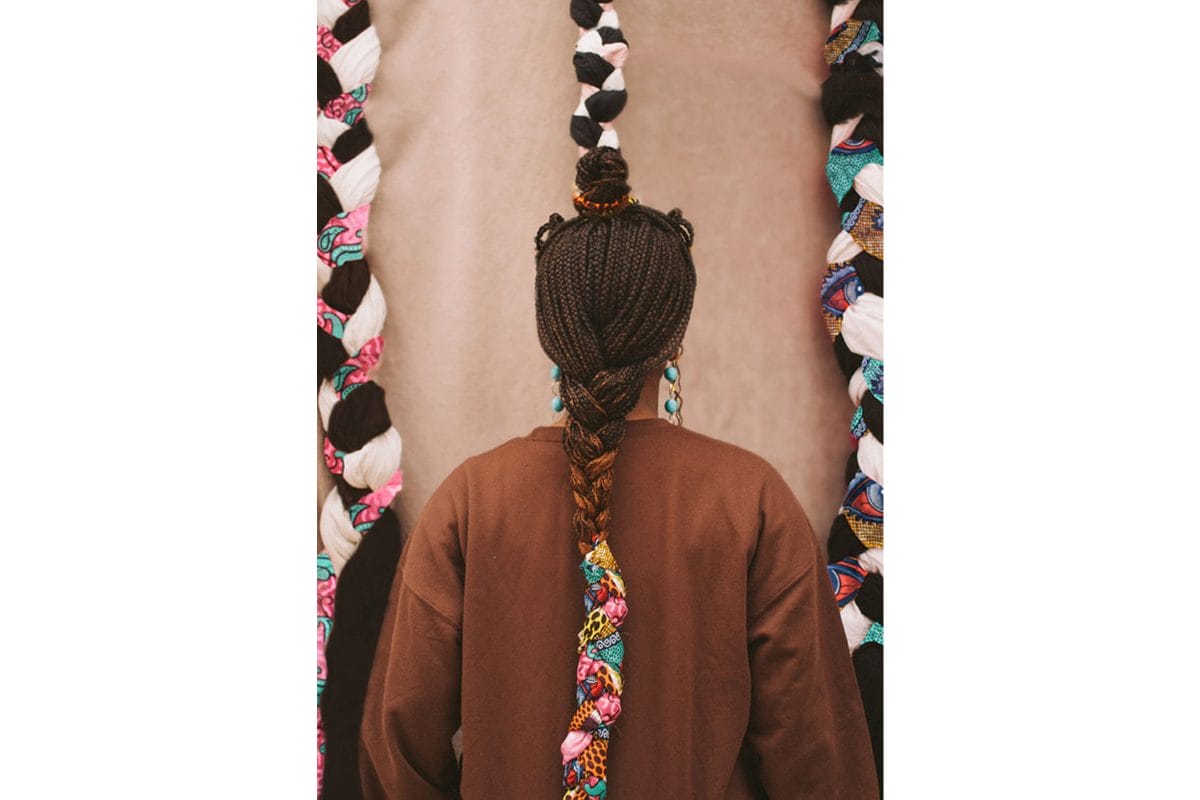
Photography and styling – Estelle Henry
This series of images explores the beauty of Black hair. Inspired by the Black is Beautiful movement from the 1960s, a sense of Afrocentric pride is shown through the display of hair practices intertwined with vibrant wax prints. Each braid and twist tell the story of reclaiming this important part of Black identity. It is vital to provide this representation to the next generation of young Black people.
Can I touch your hair
Levi Warren Howard – Northumbria University, BA Hons Fashion Design, 2022 Graduate
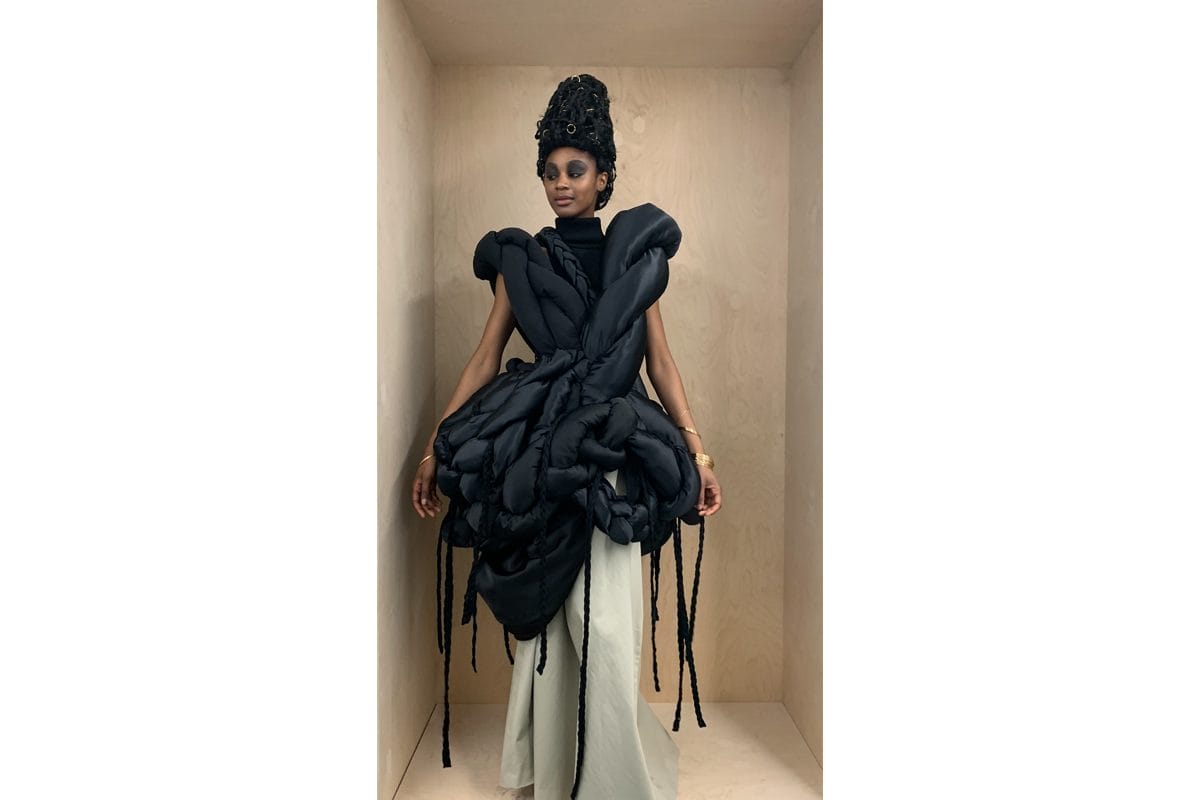
Video – filmed and styled by Levi Warren-Howard
Model – Chisanga Mwila
“Can I touch your hair” is an AW23 womenswear collection that focuses on and celebrates African/Caribbean hair. Exploring different hair types, styles, and textures is my way of enlightening people on what it is really like to have black hair and how beautiful and interesting it is. It’s a story of the journey I have been on and am still on, in getting to know and learning to love my hair. I have also been listening to other people’s hair stories, and asking others their perspective of what they see when asked to draw my hair.
The collection wants to highlight that although my hair may be different, this does not mean it is acceptable just reach out and grab it. By creating new fabrics and large textures in my work I want viewers to question their feelings of wanting to touch the garments. Because they are on a catwalk, they know it is disrespectful to do so, just as it is to reach out and pull on my hair when I am walking down the street.
Vumilia
Ruby Kiwinda – University of Brighton, BA Fashion Communication with Business Studies, 2021 Graduate
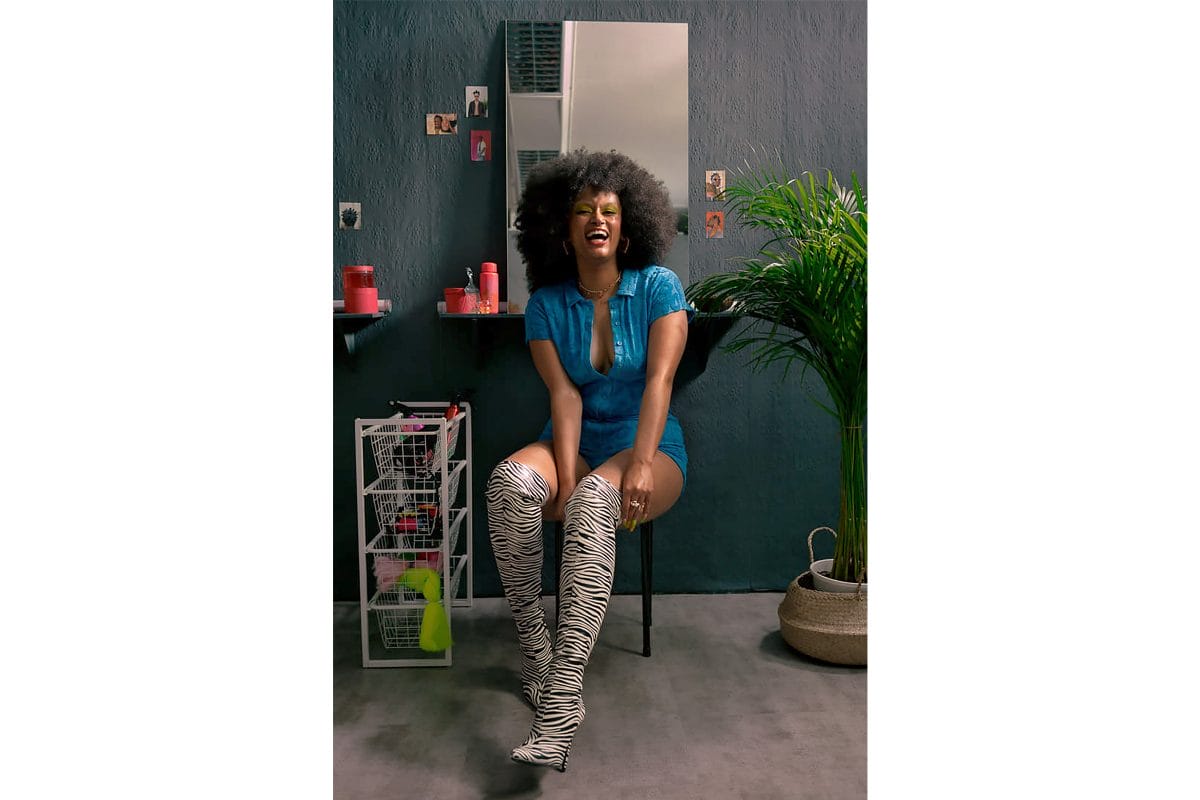
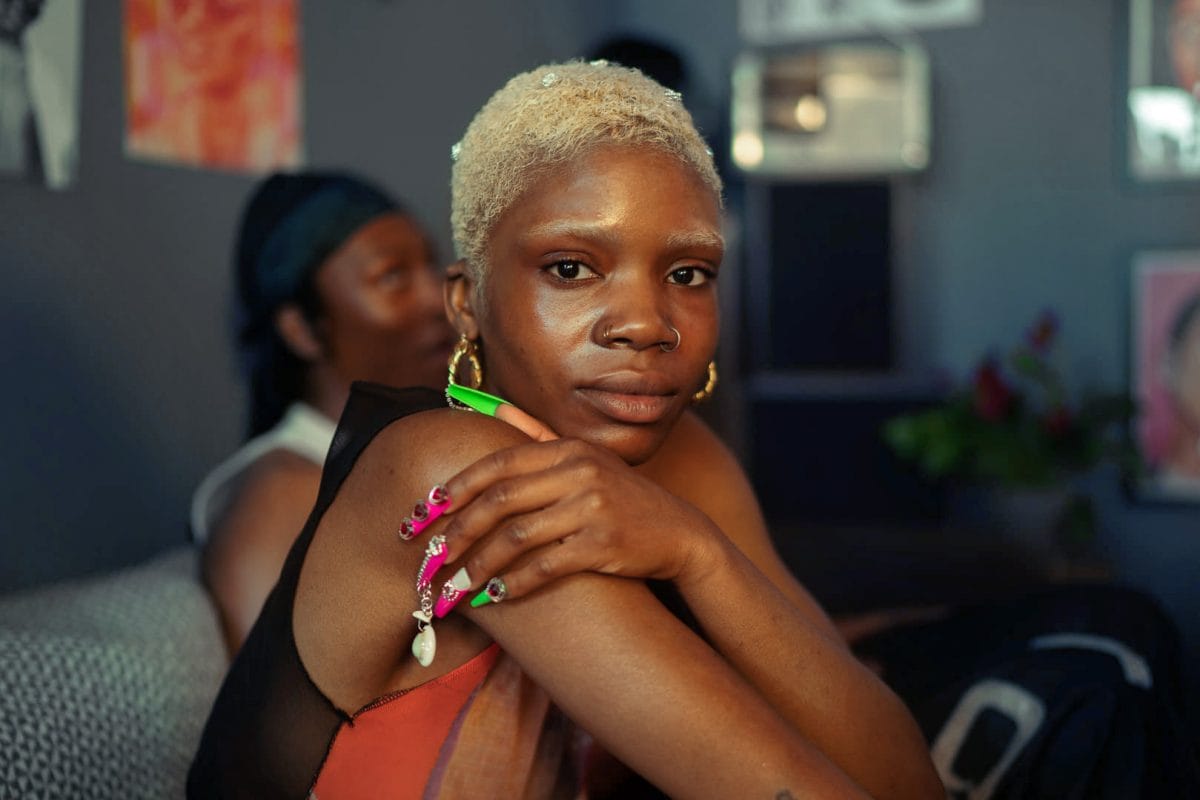
Creative direction – Ruby Kiwinda
Photography – NuffHungry
Styling – Aimée Blowers
Hair – Miss Carella
Make-up – Margherita Fabbro
Director – Ruby Kiwinda
Stylist – Aimée Blowers
Hair stylist – Sylvia Mwenze
VUMILIA is a project that aims to highlight the vast amount of skill, time and love that goes into afro hair styling. In these behind the scenes images we see the intimate relationships, colours, and styles that are all a part of the energetic salon experience.
Making this film and highlighting just a few traditional afro hairstyles was particularly important to me because whilst studying at university I noticed the lack of representation of hair textures and styles like mine and many others within the fashion industry. Afro hair has such a rich history which continues to grow and break boundaries and for that it should forever be celebrated.
Hairy Situation
Kiara Morris – UAL, Central St Martins, Fashion Communications: Fashion History and Theory, 2024 Graduate

Styling and poem – Mx Kiara
Camera – Sophia Merzouk
Hair can be a tricky topic to discuss, especially with those who do not share the same hair type as you. Detangling, washing, braiding- a whole day of hard work to achieve the perfect style. Entangled in these struggles is the story of community, weaving together shared experiences with other people who have been through the same process. The film voiceover features an abridged version of award-winning poem Hairy Situation by Mx Kiara, discussing accounts of intrusive microaggressions commonly experienced by the Black community.
The visuals, captured by Sophia Merzouk, show a warmer tale of what it is like getting your hair done. Intricate braiding techniques weaved with joy and laughter; Mx Kiara is someone who has always struggled with their hair and found this project to be a liberating expression of their journey thus far. There is pride in Black hair of all textures, the Hair Situation film hopes to celebrate this message.
Line ups and Boxes
Maya Avram – London College of Fashion, MA Fashion Journalism, 2021 Graduate
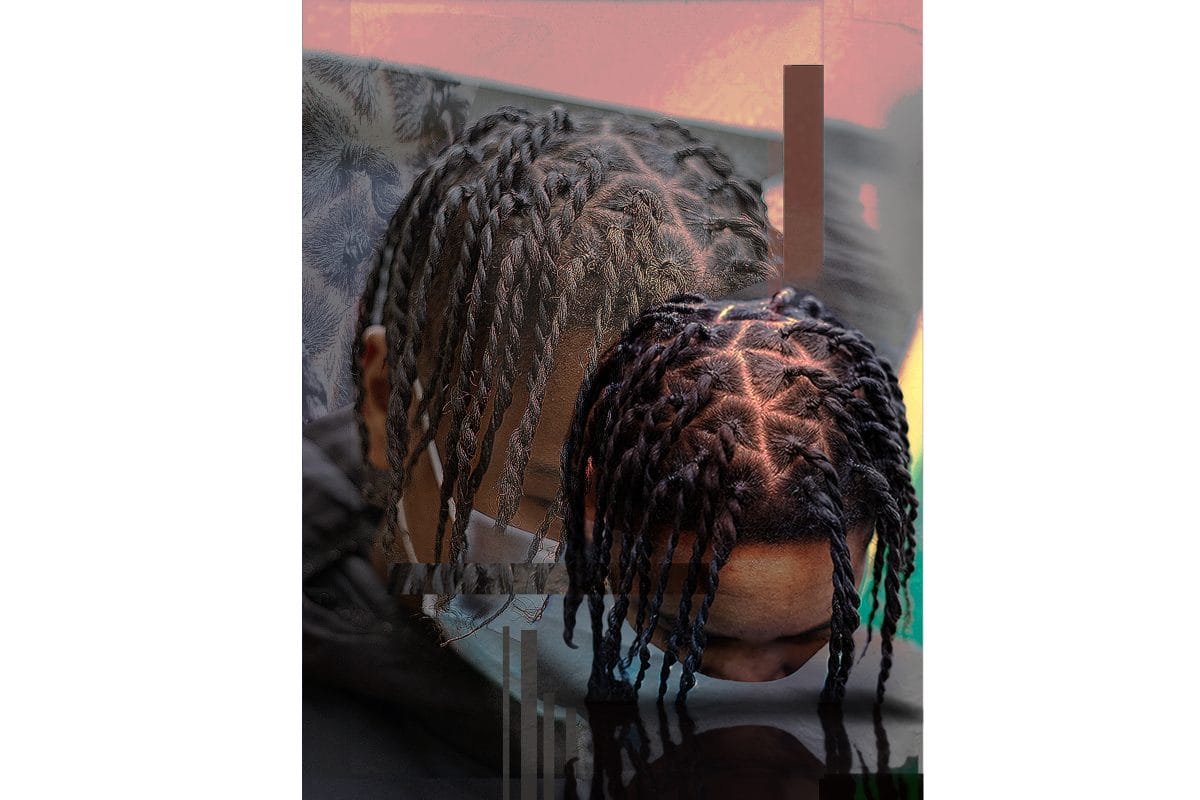
Creative direction – Maya Avram & Tommy Dennis
Photography – Rossella Damiani
Design – Natasha Fulton
Feature Line Ups and Boxes by Tommy Dennis in which he ponders Black men’s place within the natural hair discussion. ‘The conversation on black hair – whether to leave it natural or change it with chemicals or to just let it be – seems like it’s had by everyone but cis-gendered black men. We circle the same litany of styles… Why contain ourselves? Why limit ourselves to a Number 2 or Number 3? For the love of black Jesus, why oh why only get fades?!’
D-unconventional
Andrea Tung – Solent University, BA Make-up and Hair Design, 2022 graduate

Models – @wendywt_ph and @grapefruita
Make-up artists – Charlotte Taylor and Andrea Tung
Photography assist – @casandra.maties
Photographer – Andrea Tung
Growing up, I rarely saw creative editorial shoots and hairstyles within magazines that included contemporary Asian beauty perspectives. Often more stereotypical historical formats and references were followed. In the past, Asian women wrapped their hair up high in knots accompanied by ornamental combs, pins, and even fresh flowers. Creative wet editorial hairstyles are not commonplace when featuring Asian models.
In creating this look I am challenging the beauty standards of today. I want to send a positive message “Be who you want to be” and to see more Asian women within the Beauty and Fashion industry being represented within a contemporary context of how we live our lives today. It is time to change the culture of the past and create a diverse range of hairstyles that reflect the now.
Hair Armoure
Tolu Ashiru – University of the Arts London, London College of Fashion, MA Fashion Futures, 2022 graduate

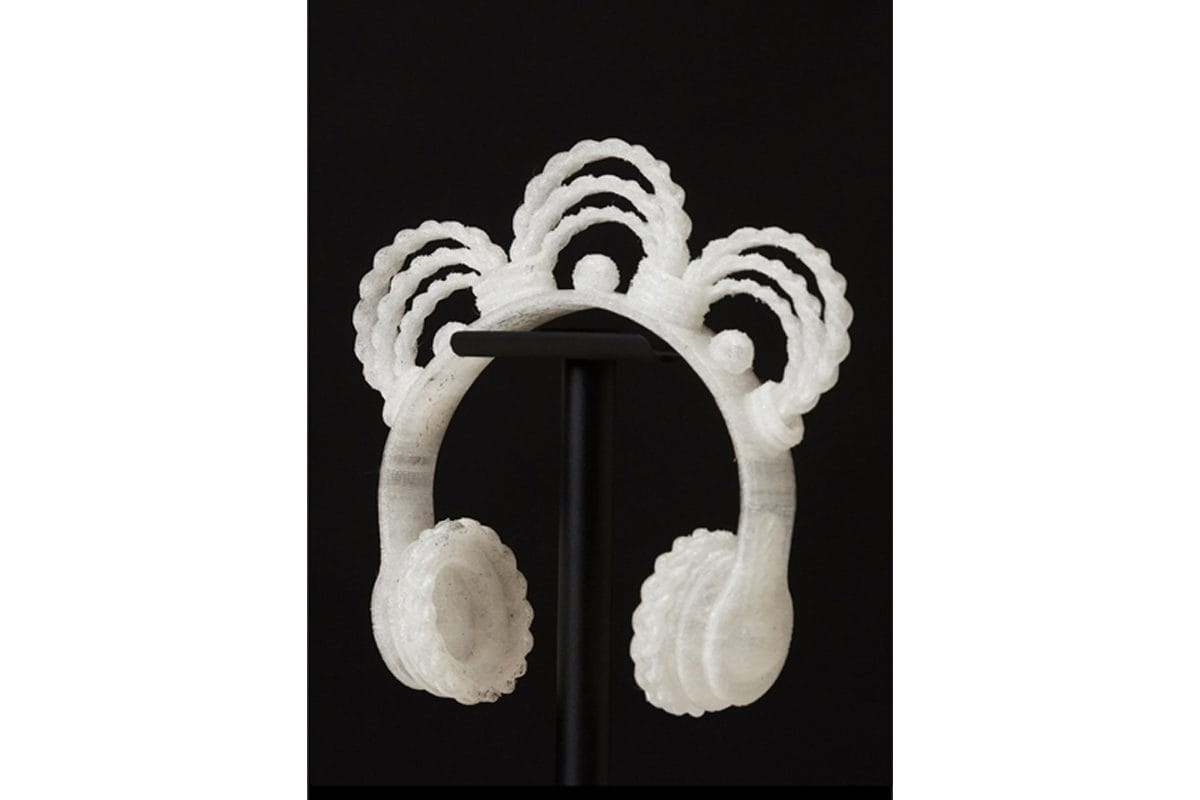
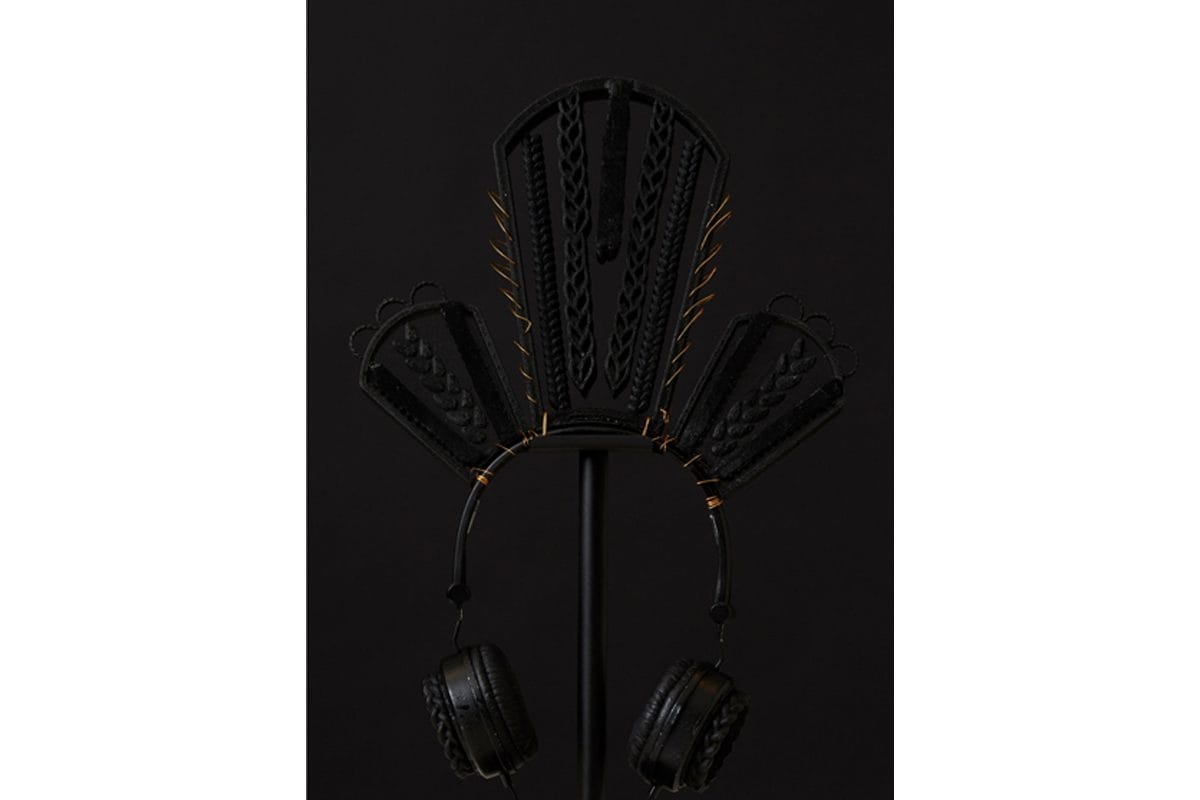
‘Mood’ produced and performed by Brik Liam
‘Why don’t you love me?’ produced by Gian Battaglia
‘Crown’ written and performed by King Kimba
Photography – Ben Turner
Thingiverse 3D Modelling support – CHKNO and SPROCKET1597
Introducing Hair Armoure, a speculative hair salon for people of colour, particularly Afro-Caribbean people, who have experienced discrimination because of the texture of their hair.
Hair Armoure is a protective styling salon that imagines a space where people come to share their experiences but also receive treatment and healing through positive and affirming sound and spoken word. It also imagines a place where those unaffected by texture bias are invited to learn, empathise and advocate for change. The salon provides 3 different treatments as shown in the images above. Each treatment is applied by wearing the headphones and listening to the sound or spoken word that accompanies it. The Hair Defender treatment is accompanied by ‘Mood’ (Brik Liam), Love Loc Liquid treatment by ‘Why won’t you love me?’ (Gian Battaglia) and the Hair Peace treatment is accompanied by ‘Crown’ , (written and performed by King Kimba) a poem that encourages black people to celebrate their hair.
The treatments were made using 3D modelling and 3D printing; prototyping headphones that are aesthetically inspired by the textures, patterns and shapes found in traditional Afro-Caribbean hairstyles.
Armoure = Armour (protection) + Amore (love in Italian) + Amour (love in French)
Listen, Learn, Love.
Treasure your Black hair
Stephanie Choy – De Montfort University, MA Fashion and Textiles
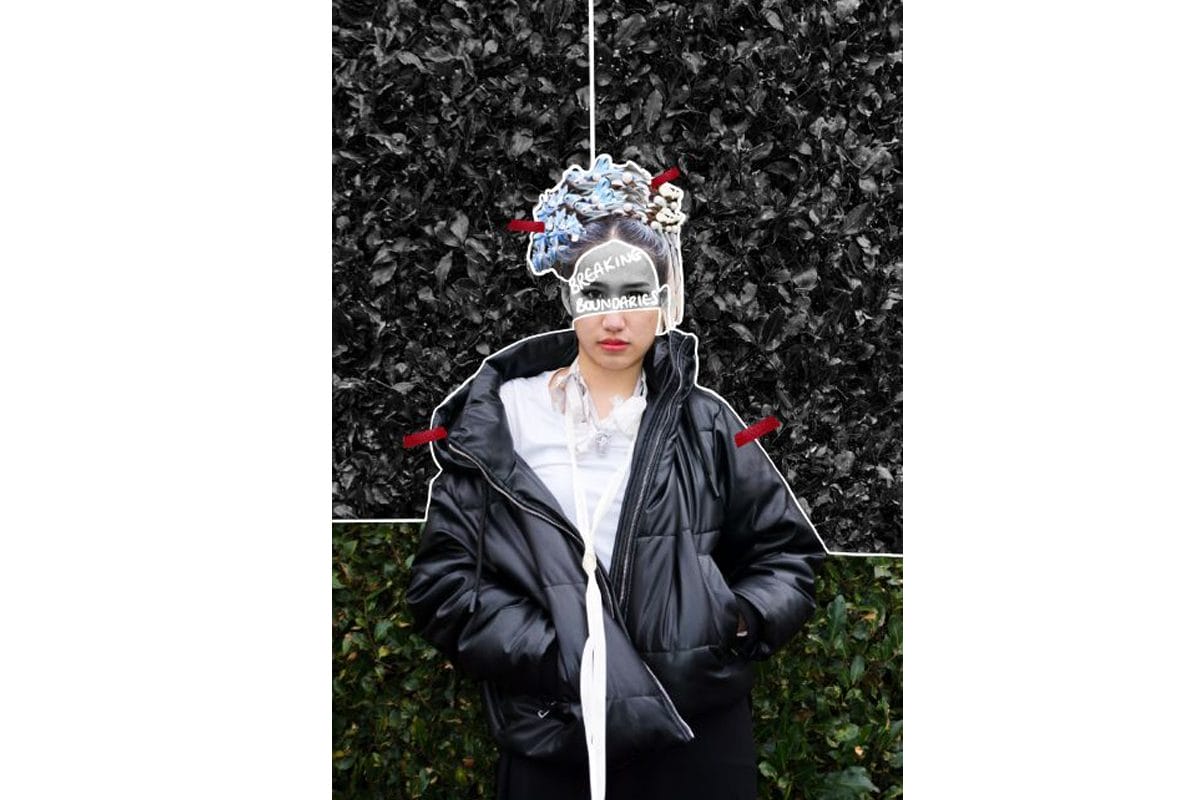
Styling and illustration – Stephanie Choy
Photography – Jaegit
As British-born Chinese descendants, we are taught to treasure our black hair. I’ve always questioned this mindset. Why must it be black hair? Why can I not colour it? Why can’t I express myself? Growing up in Britain being surrounded by pop culture, I saw how powerful it was to express my own individual style and personality. I found that hair was one of the most powerful tools to do this. My Chinese family and friends disagreed with the idea, so I dyed my hair the brightest colour that I could think of, which was reddish-pink. It was a way for me to break tradition. Inspired by traditional Han Dynasty hairstyles I created my own contemporary version.
Admire from Afar
Rachael Button – University of Bournemouth, BA Commercial Photography, 2022 graduate

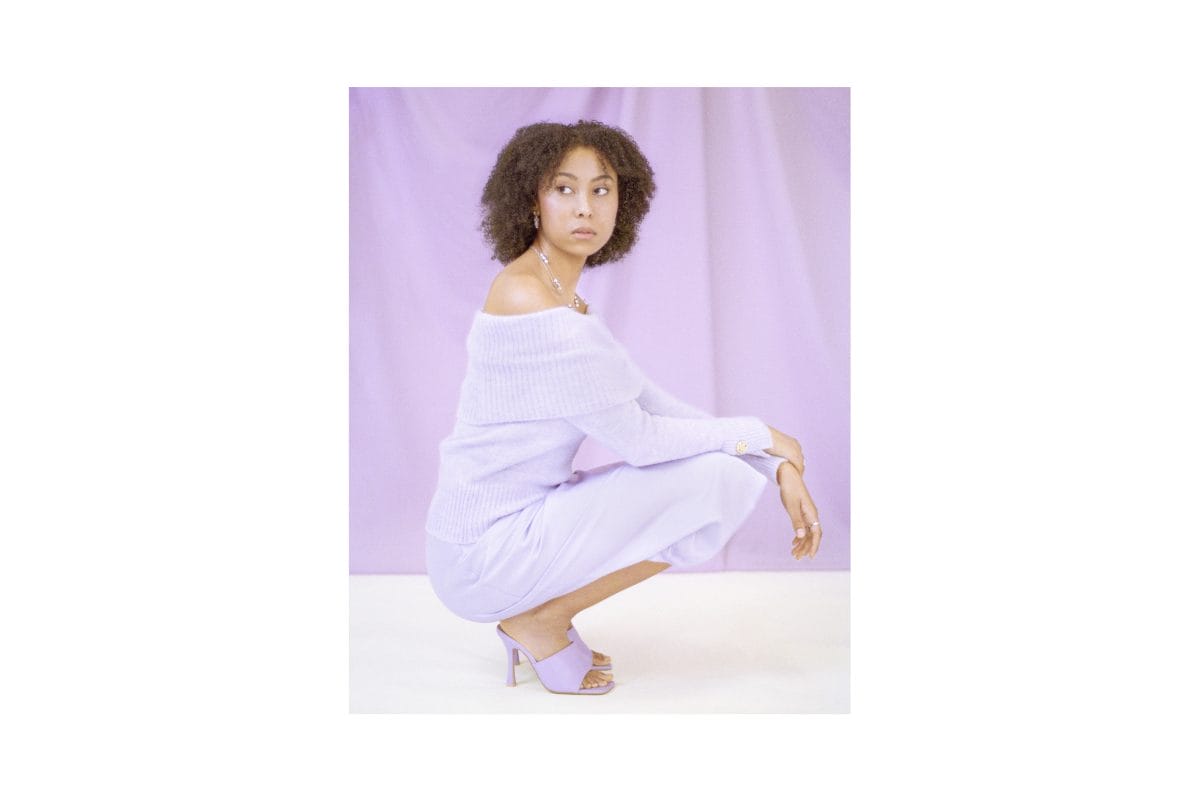
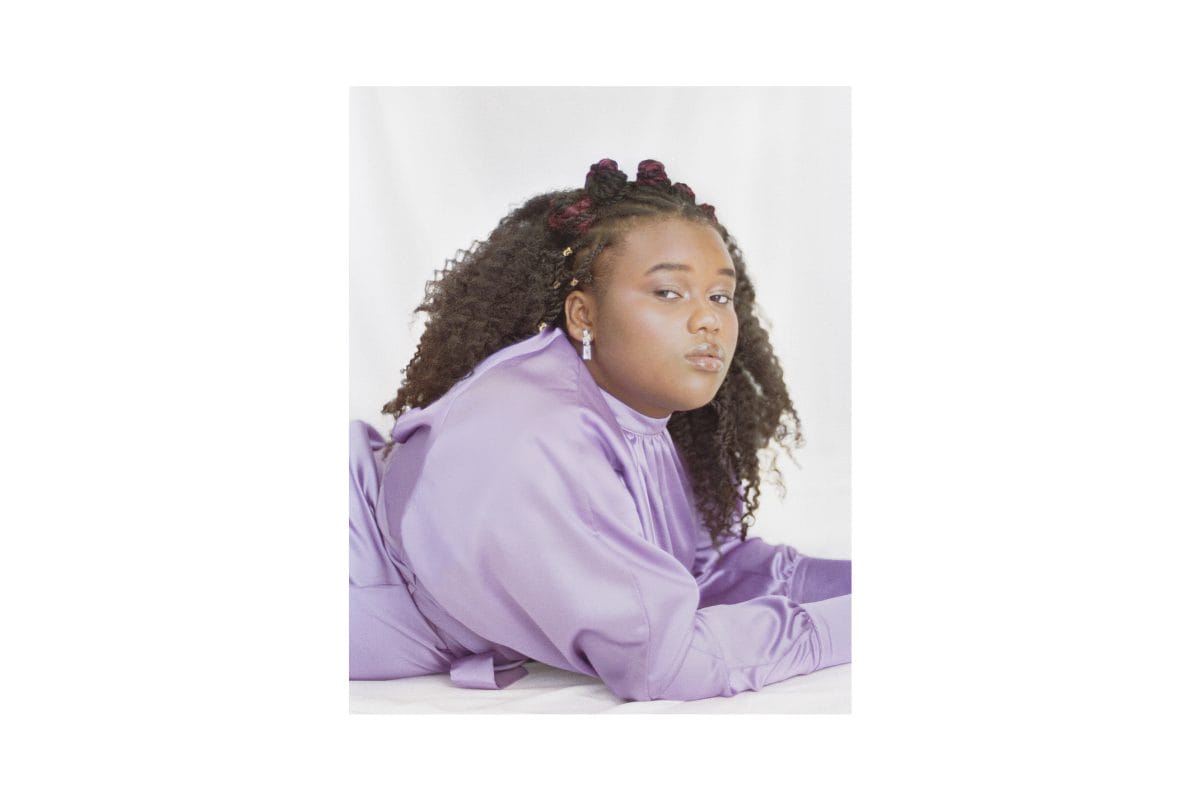
Make-up – Emily Charlotte Brookes and Olive Yarwood
Assistants – Jannel Adufo, Phoebe Nightingale
‘Admire from Afar’ is a series created to challenge the negative narratives on curly hair and portray all curl types as beautiful and delicate. Throughout history, curly hair has been portrayed as undesirable in all forms of media, as demonstrated by the ‘Curly Hair is Ugly’ trope in film and TV. The most influential example of this is seen in the ‘transformation’ scene, where a character is only considered beautiful by their peers once their hair is transformed from curly to straight. In the case of The Princess Diaries (2001), the transformation of the main protagonist is just another way in which the media pushes the subtle narrative that curly hair is not beautiful or formal enough to be that of someone royal. I spoke with each individual from the series about their experience growing up, to which we all agreed that this sort of representation was, and still is, detrimental to our own perception of self-worth and value. Fortunately, this narrative is slowly changing, thanks to rising social media platforms that give people with curly hair a space to share their experiences, routines, and the beauty of their hair.
4C DEGREES
Fanta Shirif – De Montfort University, BA Fashion Design, 2021 graduate
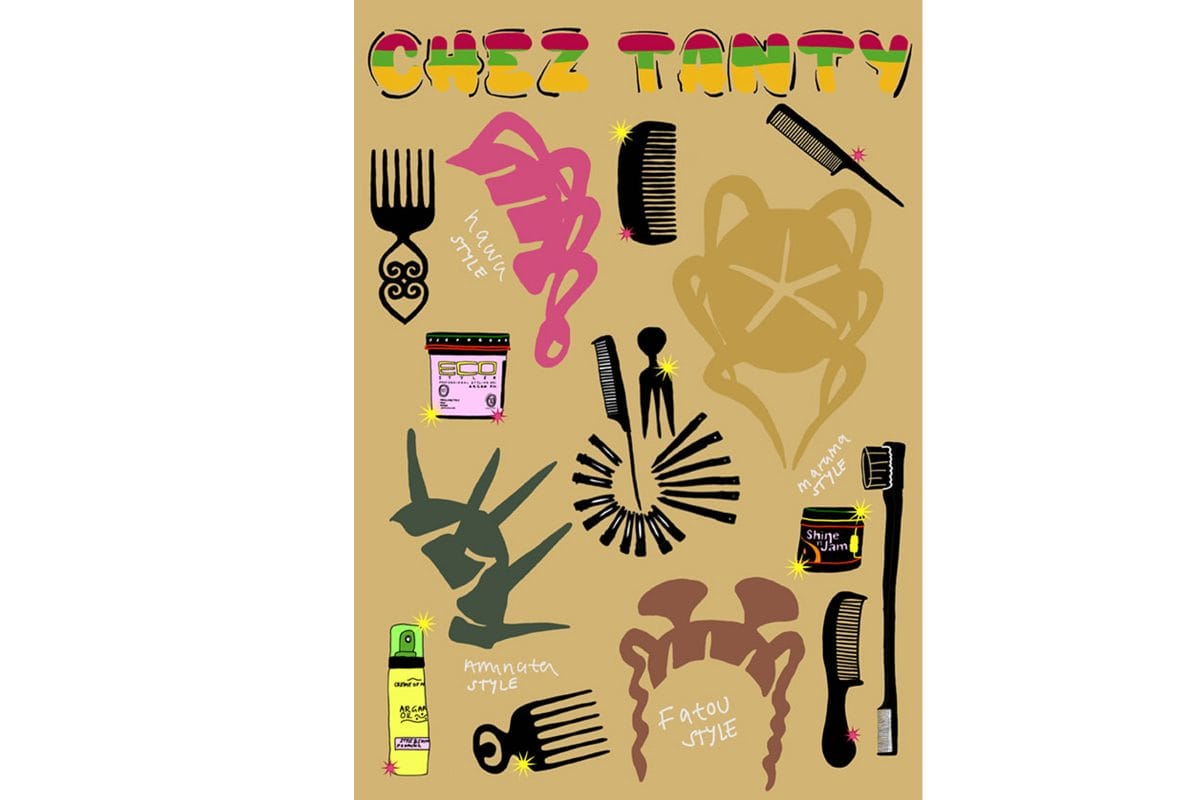
This artwork, explores the symbolism of black hair and its complexity within the diaspora. Focusing on African hairstyles and its links to stories, tribes and black pride, I looked at traditional African hairstyles seen in Mali. Using hair tools and combs to create collages to showcase the different ways hair and scalp care looks. Taking references from vintage hair salon posters and adverts, I looked at the ritualistic side of natural hair, and the community it brings. It is self-care for people to get their hair done whether going to a salon or at home. Combining all my wash day routines since being natural and of all the products and tools I’ve used and seen my Mum use throughout the years, to create illustrated collages. Afro and textured hair stories are incredibly important tools used for self-expression and identity especially within black communities. I hope to send a love letter to all the women throughout my life, who have cared for my hair. From my mum, my Tanty’s (aunties) and different hair stylists to myself.
Revenge & Redemption
Amaya Hunt – Central St Martins, Graduate Diploma Fashion
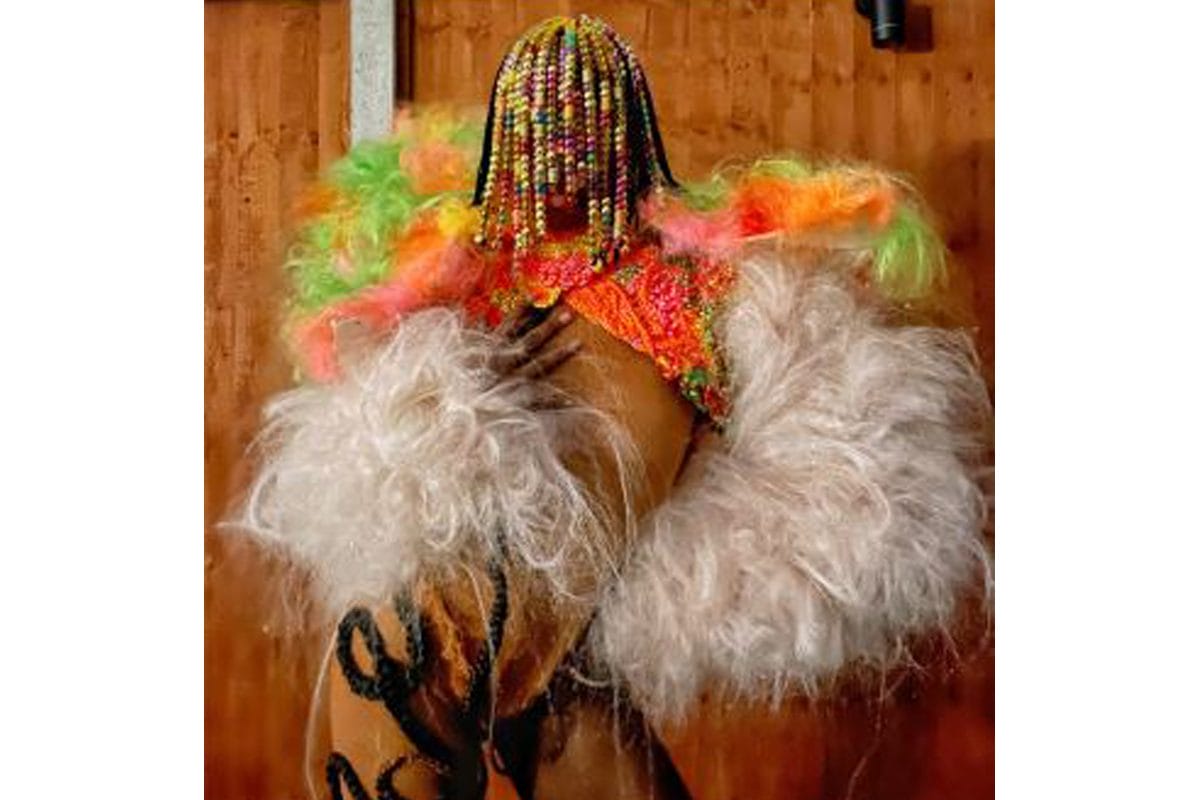
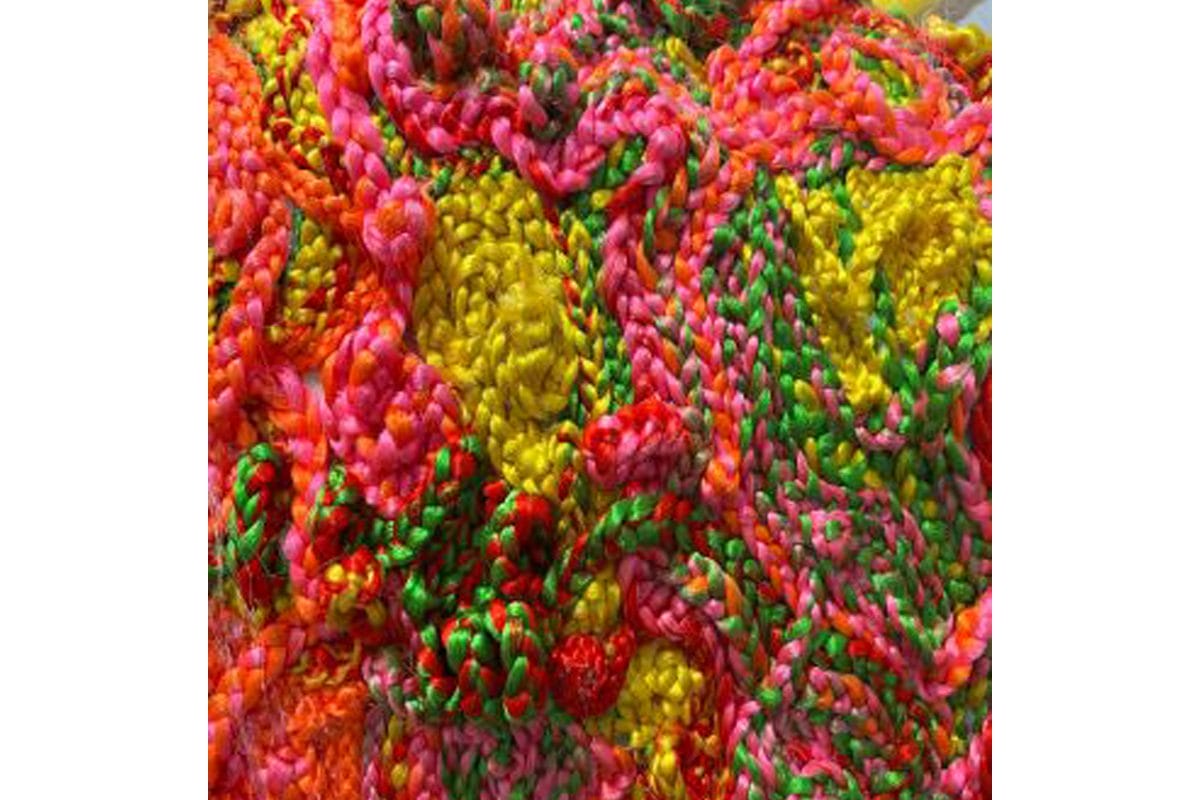
Our futures are shaped by memories of the past…. I am really interested in how Indigenous Australian artists have used painting as a way of marking ancestral stories and spiritual knowledge of the land they inhabit. How art can be a coded language.
My work uses costume to conjure spirits for the wearer to embody. Heavily emphasized within African traditional religions, but also present within the customs of the Black church. Dress is used as a source of power and connection to divinity.
This project uses coded language and the symbolic imagery of snakes to create “power garments” that evoke a siren energy. Taking traditions of the past and reworking them into the present. This project uses hair as a medium to weaponize against my personal upbringing with Black hair. Playing on hairstyles that were once considered “ghetto” and turning them into a source of power and revenge.
Wash Day
Ffion Jarret – Solent University, BA Make-up and Hair Design, 2022 graduate
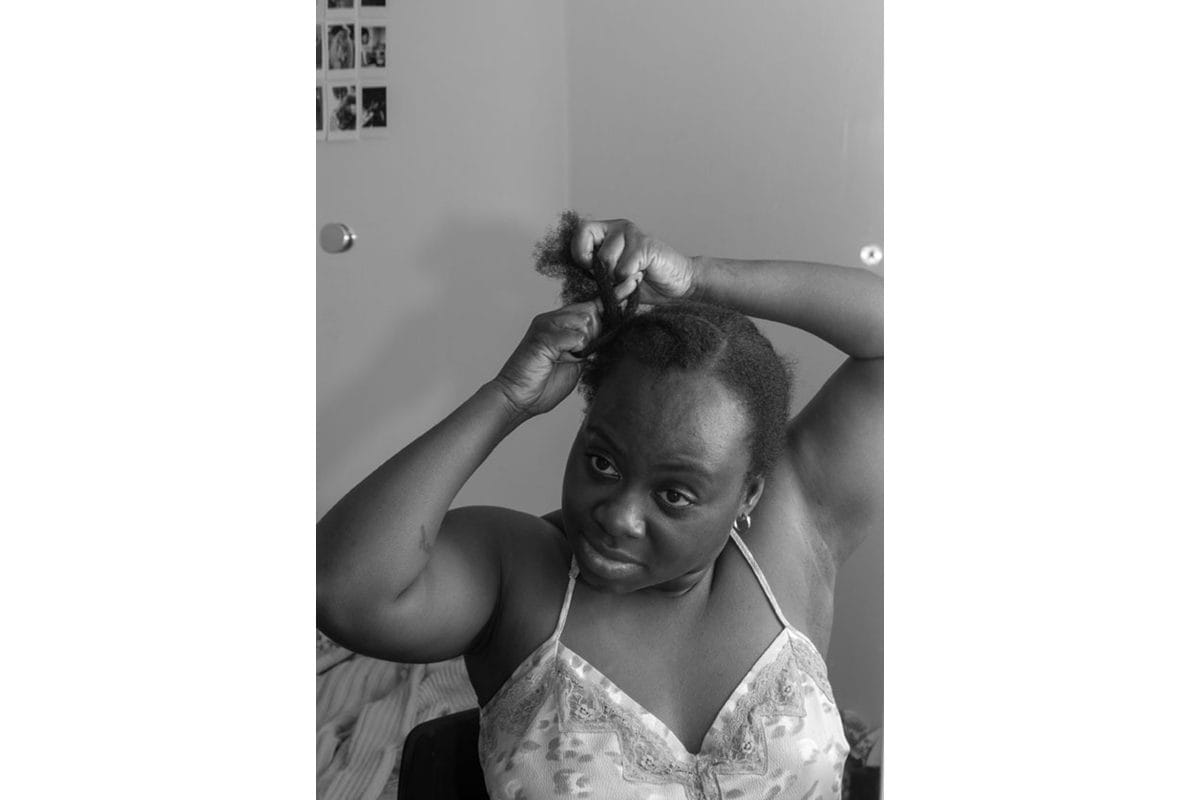

For many of those with Afro hair washing it is not an easy feat and is a task that can take all day; from detangling, to shampooing, to conditioning and styling. Wash day is an opportunity to spend quality time with yourself and indulge in some self-care. When your hair defies gravity, its power must be maintained. Our curls come in all different shapes and sizes and require all the tender love and care. We braid it, twist it, and slick it back. No matter the amount of altering and manipulation that can be done to it at the end of the day our hair is one of our most prized possessions. Wash day is always done in the comfort of your own home which is why I chose to do the shoot in a bedroom rather than within a studio. This allows the audience to experience the safe space that the model is in.
Your Hair is Your Crown
Tasha Francis – UAL, London College of Fashion, BA Fashion Image and Illustration, 2022 graduate
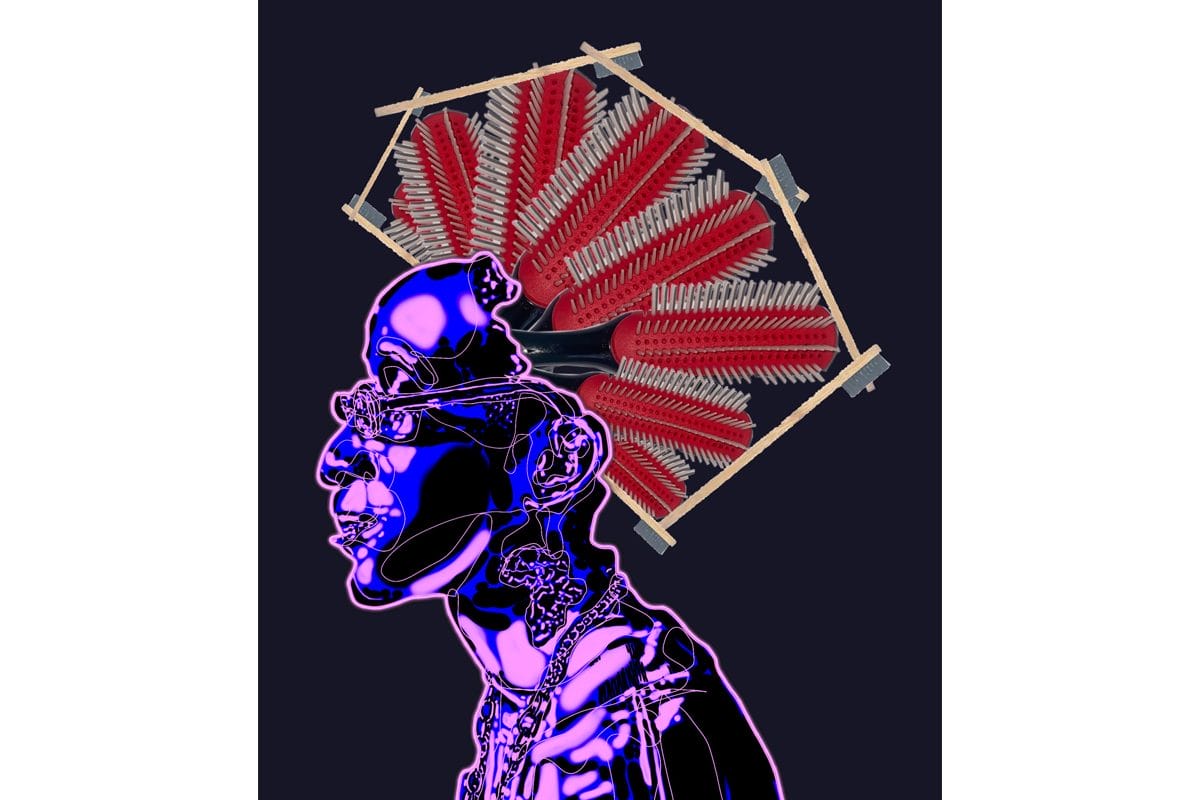
My illustration work bring attention the versatility of Black hairstyling through the incorporation of collage. I use images of hair styling tools such as the Denman Brush shown here, to contextualise my portraits of Black hairstyling culture and to give attention to the brush as an object within the beauty industry. The elaborate hairstyles created through these collages of hairstyling tools make my work aesthetically impactful due to the presence of two different opposing mediums within the illustration. In addition, these collaged hair sculptures further emphasise the abstract nature of my illustration style as well as Afro hair.
Punjabi Puranda
Hadiya Imran – Solent University, BA Make-up and Hair
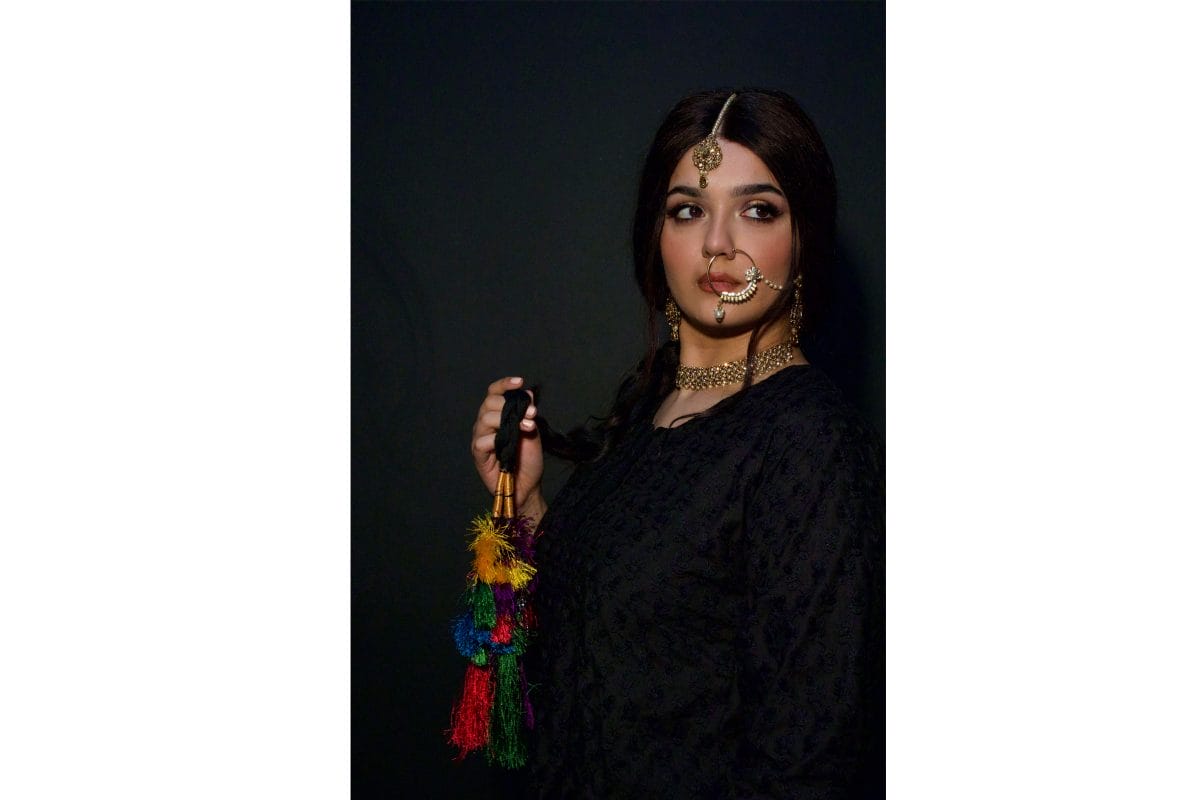
Hair is the most important aspect of beauty in South Asia which is why growing up my mother or grandmother would spend hours massaging oil into my hair. Oiling hair was a weekly ritual in many South Asian homes, the hair after being oiled thoroughly would then be braided and allowed to be left for a day or two and then washed out as normal. This was not very common in western cultures and lifestyle and growing up I would get bullied for my hair being ‘oily’ and ‘stinky’ which is why me along with other South Asians started resenting the idea of oiling. Ironic because oiling hair has now become glorified and promoted by western influencers. For this competition I wanted to base my work around these concepts and to finally be able to embrace my culture and traditions. I slightly oiled the hair to give it that greasy look and braided it further adding a Paranda underneath. Paranda is a colourful Punjabi traditional hair extension accessory. As someone from Punjabi descent I wanted this to be a part of my work alongside the traditional jewellery and kurti (shirt). I decided to keep the main theme of my work black which is why I chose a black background and black outfits just so the main focus could be the colourful Paranda and jewellery which really tie the whole look together.
Ever – Flourishing
Natalie Vest-Jones – Solent University, BA Fashion Styling and Creative Direction, 2021 graduate
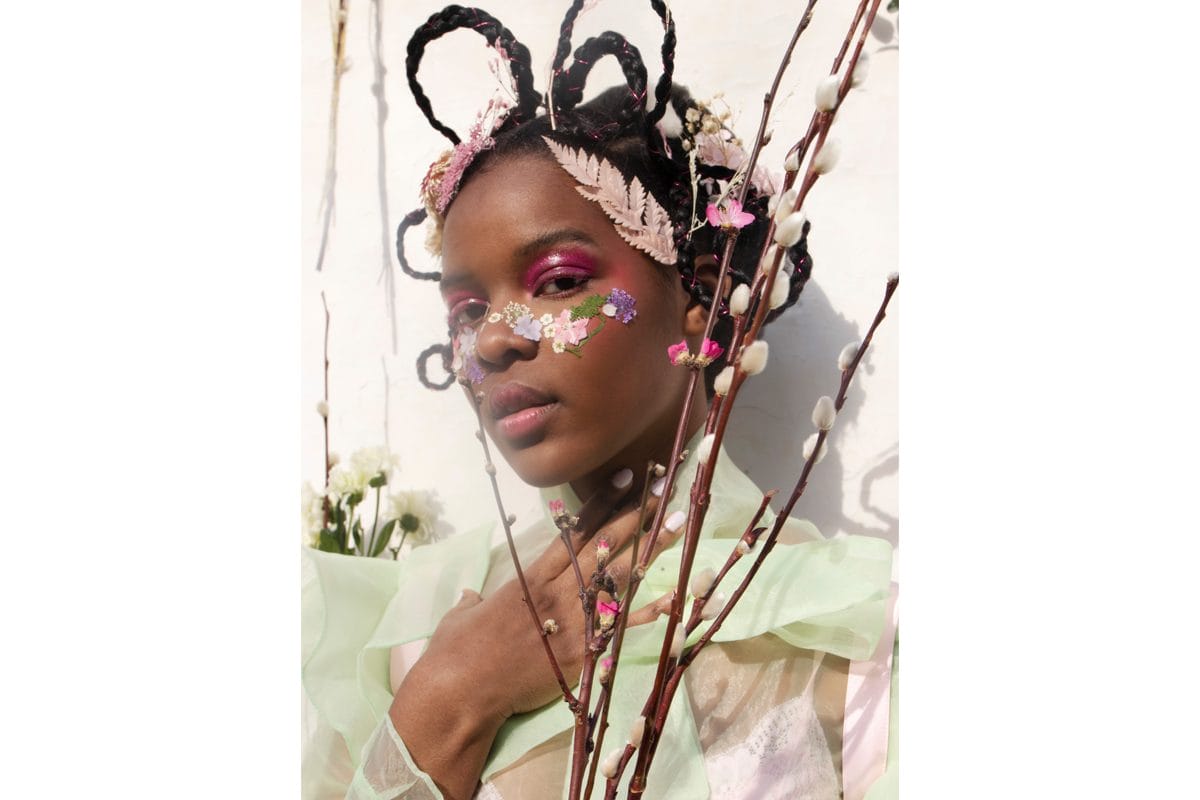
Photography, Make-up & Hair, Styling – Natalie Vest-Jones
Model – Esther Immaculate
Ever-Flourishing is heavily inspired by Romanticism, this genre creates a space for us to appreciate nature, bend traditional standards, and freely imagine an idealized world, in this case an inclusive one. Romanticism gives validity to the application of free thought and personal expression in art. It reminds us that when we contribute our individuality to society others can benefit from it, as a black creative, I like to visualise black beauty in a perspective where others can see themselves represented, and benefit from inclusion in that way. Ever-Flourishing is a series of images from my coffee table book, “The Sanctuary”, which aims to bend the conservative Eurocentric fairy-tale aesthetic often seen in romanticism, and create an authentically diverse story with sexually liberated styling, independent feminine narratives, and diverse subjects
Dreadlock Hairstyles
David Githinji Munao – Solent University, BA Make-up and Hair Design, 2023 graduate

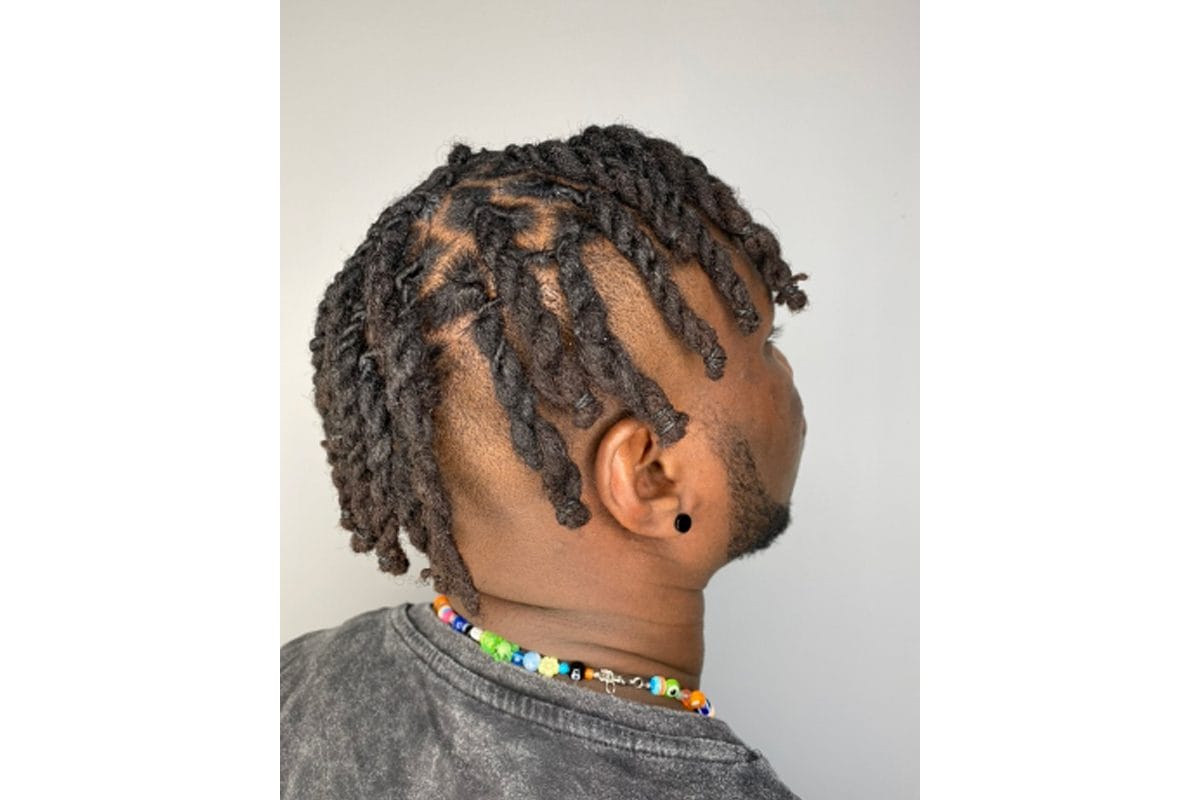
When I look at dreadlocks, I experience an inner feeling of joy and passion, seeing the natural beauty of textured hair and how artistically it can be manipulated. My passion for locks started way back when I was little, listening to my uncle play Bob Marley songs, I would ask ‘why is his hair is that long?’. I just loved the way his locks moved. I had this sense that dreadlocks were the only style that made afro hair grow longer and longer.
When I achieved my diploma in hairdressing, I got to understand the structure of hair, how spectacular afro curls are and how they can be manipulated. To me locks resemble as an element of art which can be moulded in different sizes and forms to interpret that inner expression of culture and embrace racial elements of beauty.
The joy that I feel when am doing someone’s locks is so deep that I get lost within myself.


